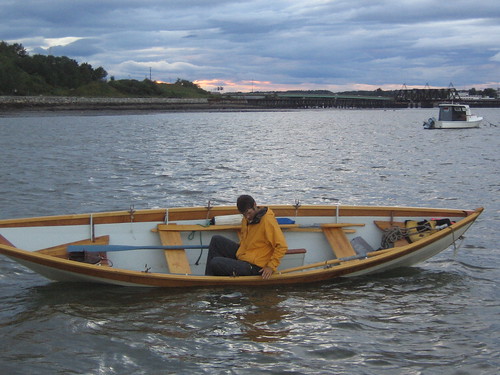Early Summer Activities and Updates
Prep, prep, prep!
Mostly my work focuses on watching four Deblois Street Dories getting finished, one of which has hit the water. Compass Project's Dory launched successfully with a a bunch of excited students who helped build her. Compass is looking for another big project commission to use in their work with at-risk youth.

2015 Compass Project launch of the DSD.
I am busily preparing the cutting of more Echo Bay Dory Skiff kits which will be built in Maine. This is the very latest version of the Skiff and any tweaks in the design demand a lot of attention to make sure all the details get done correctly. Those files are done and ready for more customers. It is hard to believe over 30 Echo Bay's have been built now!
Also in the works are the files for cutting the first ever St Lawrence River Skiff kit for the Bain & Co. Annie model. I am back in the computer model after quarter scale modeling the hull.

Quarter Scale Model of the St. Lawrence River Skiff,
Annie
to be built at ABM in an August 10th workshop.
Here is the information for my workshop in August. Spread the word! Contact me for more info.
NEW! St. Lawrence River Skiff Building
Clint Chase, an instructor at the WoodenBoat School, The Landing School, and The Compass Project, will teach how to build a St. Lawrence River Skiff.
This boat is plywood and strip-composite constructed.
One kit will be built in the class and raffled off to one student on Saturday. The boat will have some finish work to still be completed by the raffle winner. Participants must register by July 27 to make sure the class will run.
For more information about the boat visit the webpage about the Skiffs.
Instructor: Clint Chase
Session 1: August 10– 15, 9 AM- 5 PM
Tuition: $1000







